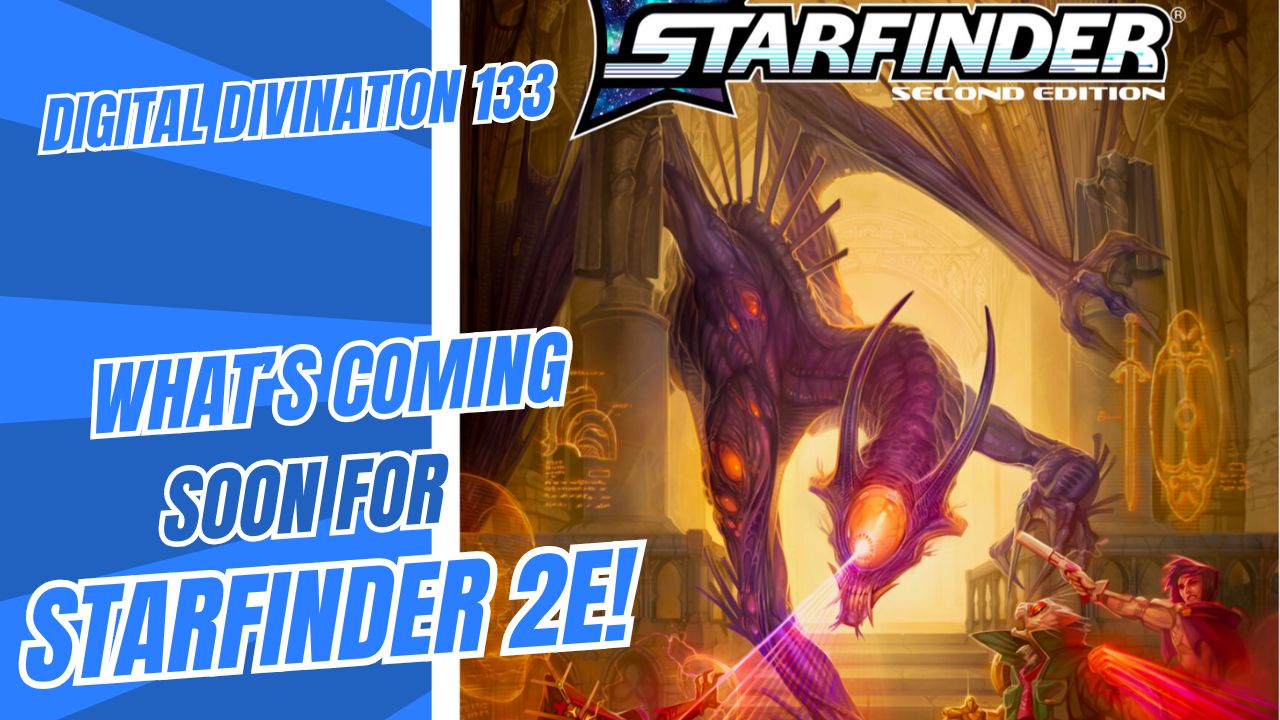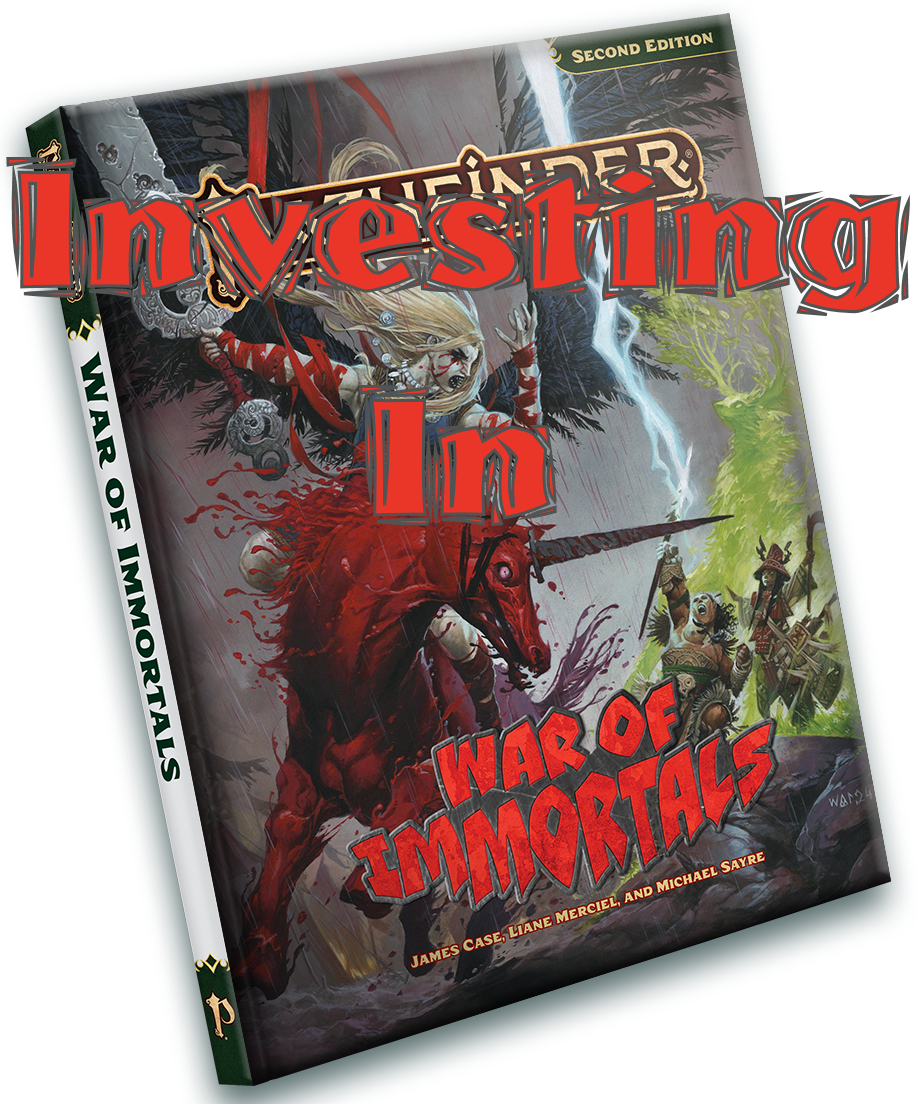What is Dragon Magic? Vague.
Expectations
Dragon sourcebooks almost guarantee strong sales. With very little information to go on, it is easy to assume this sourcebook was thrown together to capitalize on the popularity of D&D’s titular villains. On the other hand, dragons are beasts of natural arcane power, so a book about how PCs can tap into a dragon’s magical powers could be useful. But will this be similar to the Tome series, introducing new classes and complex rule sets? Will it be Complete Dragon, options for any player to add a draconic touch to any character? Or will it simply be a follow up to the past two dragon sourcebooks, the Draconomicon and Races of the Dragon?
At a Glance
Using a profile box, but with a black border to separate it from the other book series that use that format, Dragon Magic’s cover drives its point home. The main figure is an elf caster (let’s say sorcerer for flavour’s sake). One hand is midcasting, crackling with arcane energy and slowly forming dragon hide-like scales. The other hand wields a dragon-headed staff. Around his neck is a pendant that could be a dragon eye. Flying nearby is a tiny dragon, presumably his familiar. And watching in the background, fitting only one eye into the picture, is a gargantuan dragon. Cover artist Eric Polak manages to bring all these elements into a picture that is not cluttered. He even manages to offset the dragon theme by putting the sorcerer in armour with a leaf pattern that reflects his race. While one more dragon-related item might have overloaded the cover, its unfortunate for the book that the most striking thing about the cover is the elf’s armour. Its blue and white strike me as ceremonial. Combined with his matching crown, this elf feels like royalty. The greatest detail is the gold buckle on his satchel that matches his armour’s patterns. Ultimately, I feel this is a good character, which makes me question why he shares the cover with a tiny red and a gargantuan purple.
Dragon Magic opened my eyes to a new favourite type of drawing: Dragons hanging with mortals. The topper for Chapter one featuring an adult copper dragon sharing secrets with note-taking Gimble the PH gnome, by Ralph Horsley; the old gold dragon passing its knowledge on to the entire world one mortal at a time, by Eva Widermann; A copper dragon singing a tune as a Stonehunter gnome plays his lute, by Eric Deschamps. In fact, the entire series of dragonbound heroes illustrations, are wonderful.
It is common to see dragon shaped elements and forces of nature in Dungeons & Dragons sourcebooks. My favourite to date is Carl Critchlow’s Passage of the Shifting Sands.
I rarely point out maps as pieces of impressive art, but I have to mention the map for Temple of Tiamat on page 150. No artist is credited and the Wizards website does not link to the art. Still, I think this is poetic in its simplicity. The five heads of Tiamat are drawn out in a mosaic on the roof of a tower. It translates as something an NPC could have done himself, with great pride and effort. I really enjoy it.
Highlights
Options for Everything!
Dragon Magic could be divided up and redistributed into almost every 3.5 sourcebook that came before it. There are new options for virtually all classes introduced in the first Complete series, new psionic powers, new soulmelds for Incarnum players, a new Weapon of Legacy. It also expands ideas from Player’s Handbook II and Dungeon Master’s Guide II Everything else fits nicely into the Draconomicon or Races of the Dragon.
Innovative
Every sourcebook to should strive to blend new ideas into old mechanics so easily. Dragonbound races are the standard Player’s Handbook races, tweaked to reflect dragon influence. Not dragon heritage, mind you, but prolonged exposure to dragons.
There are new alternate class features, always welcome, new feat types, and some of the best dragon-themed prestige classes ever released. Dragonpacts offer sorcerers new options to get more in touch with with draconic roots. Possibly the most inspired idea in Dragon Magic are the Variant Dragon Abilities. Tired of the same old Frightful Presence? Swap it for Awesome Presence. Or Fiendish Presence. Combined with a host of new colour-specific options and no two dragon encounters have to run the same way.
Dragoncentric
Who knew that even after two other dragon themed sourcebooks have been released that there would still be enough content to fill 157 pages. Never does Dragon Magic stray from its topic nor does feel redundant.
Low Points
A Mouthful
Dragons are brilliant beyond genius levels, so it stands to reason they have a vocabulary and capacity for understanding far beyond that of mere mortals. Unfortunately, mere mortals are the target audience of this game. When a player casts fireball or lightning bolt, even a D&D novice can guess fairly accurately what the effect of such spells would be like. Casting a spell called Glorious Master of the Elements or Kiss of Draconic Defiance, on the other hand, are not self-explanatory.
Mixed Purpose
Half this book is for players, with new feats, race and class options, and new spells and magic items. The other half is for DMs, with new monsters and advice on running draconic campaigns. Mixing such content lowers the overall value to either group, although the DM could still make use of the player options.
The Downside of Non-Core Options
The way D&D is designed, anyone with the three core rulebooks supposedly has everything he needs to play the game. Most supplements are designed to expand only on the core rules, occasionally offering new options for non-core books. In the case of Dragon Magic, a player with nothing but core rulebooks can use a quarter of the material, maximum.
Juicy Bits
All the Races of the Draconic Realm are interesting in their own way, but Silverbrow Humans, which lose their bonus skill points but gain Featherfall as a spel-like ability, are the most different from their root race. The dragon influence is clear, and it is a special ability that almost any class can find useful from time to time.
Dragonscale Husk is an alternate class feature that replaces armour proficience, unlike most alternate class features. Many classes qualify, gaining a natural dragon scales that act as natural armour.
The Diamond Dragon prestige class is like a psionic Dragon Disciple, a worshipper of the naturally neutral gem dragons.
Ever been bothered by art depicting a mortal using a dragon as a mount? Aren’t dragons above the chores of beasts of burden? They may be, but Drakkensteed, essentially a dragonblood horse, fit that visual perfectly without insulting true dragon’s stature.
Personal Experience
As of right now, nothing.
Overall
The title gets it half right. There is more than enough dragon material to satisfy any player. Together with the Draconomicon and Races of the Dragon, a DM has every tool he needs to run a dragon centered campaign. The half that’s wrong is “magic”. Although there is draconic magic in Dragon Magic, the book was much more a book of Dragon Options For Veteran Players. A bit long for a title, but far more accurate.
If you have a vast sourcebook collection, Dragon Magic is a wonderful tome of options that you will not find anywhere else. Ideally, Wizards of the Coast would have made a series out of this, every year releasing a book exclusively containing new options for non-core material. It is a corner of the market only the D&D copyright holder could cover. Sadly, Dragon Magic was the only such book released.
If You Liked This Book…
The other books in the unofficial Dragon trilogy are the Draconomicon and Races of the Dragon. If you didn’t get your dragon fix out of Dragon Magic, either of these are great sourcebooks. Draconomicon is better for DMs and Races of the Dragon is better for players.
Because Dragon Magic is so unique, it is hard to recommend any other sourcebooks. The closest I can find is Unearthed Arcana, which is likeminded in its innovation.




Leave a Reply